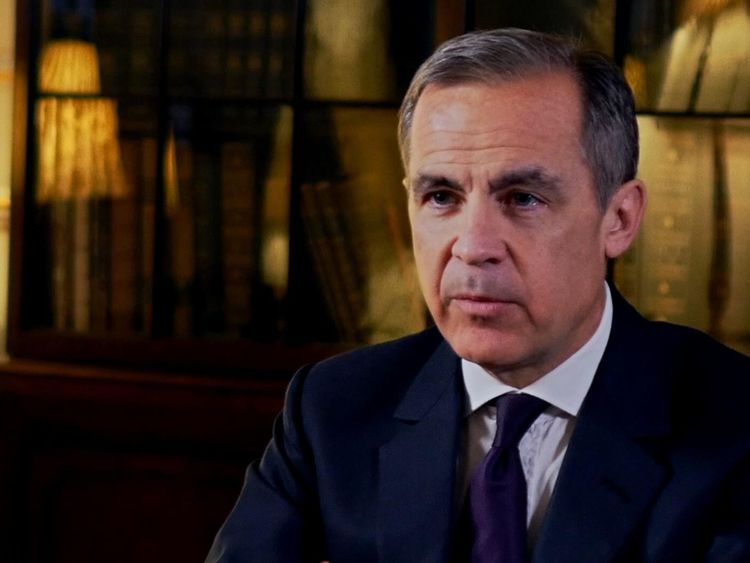A plunge in construction activity and the so-called Beast from the East took a toll on the economy in the first quarter, with growth falling to 0.1%.
The preliminary figures from the Office for National Statistics (ONS), which were much worse than economists and markets had predicted, showed the weakest growth since 2012.
They sparked a dive in the value of the pound, trading at $1.38 versus the dollar after falling almost a cent, as expectations of a rise in interest rates by the Bank of England next month tumbled.
The Bank had been forecasting a rise in gross domestic product (GDP) of 0.3%.
The ONS data, which is subject to revisions as more information becomes available, showed that while the bad weather had played a role in the decline – from growth of 0.4% in the previous quarter – other factors were also at play.
The biggest contributor, it said, was a slowdown in the construction sector, which fell 3.3% on the previous quarter, with much of the decrease being registered in January – before the snowstorms from Siberia had even struck.
It was the month that saw Carillion collapse – sending a shiver through the industry at a time when it grapples other challenges including higher costs and labour shortages.
Service sector output, which accounts for more than three quarters of the UK economy, grew by just 0.3%.
The ONS said the high street suffered particularly from the cold snaps though wider consumer spending remained dented – widely blamed on a Brexit-linked squeeze on household spending power.
That has since abated – on paper at least – with the latest inflation figures showing wages growing faster than prices after a year in the doldrums.
The extent of the pressure on consumer finances was laid bare in separate figures from the Insolvency Service which showed the number of people going insolvent in England and Wales hitting 27,388 during the same period – its highest level in more than five years.
ONS figures for manufacturing, which had enjoyed a small bounce on the back of the weaker post-Brexit vote pound, also declined with activity rising just 0.2% as sterling recovers.
Only industrial output improved on its performance, aided by increased energy demand.
Rob Kent-Smith, head of national accounts at the ONS, said: “Our initial estimate shows the UK economy growing at its slowest pace in more than five years with weaker manufacturing growth, subdued consumer-facing industries and construction output falling significantly.
“While the snow had some impact on the economy, particularly in construction and some areas of retail, its overall effect was limited with the bad weather actually boosting energy supply and online sales.”
Howard Archer, chief economic adviser to the EY ITEM Club, said: “The extent of the slowdown suggests there may well have been a significant underlying loss of momentum in economic activity in addition to the weather impact.
“March’s agreement on a Brexit transition arrangement should be supportive to business investment, although the upside is likely to be limited by ongoing uncertainties over the long-term future trade relationship between the UK and EU.”
Ben Brettell, senior economist at Hargreaves Lansdown, noted: “The news casts further doubt over a May interest rate rise.
“As recently as last week markets were pricing in a near 90% chance that the Bank of England would raise rates next month.
“Today the markets are saying there’s just a 25% chance that rates will move in May.”
From – SkyNews


